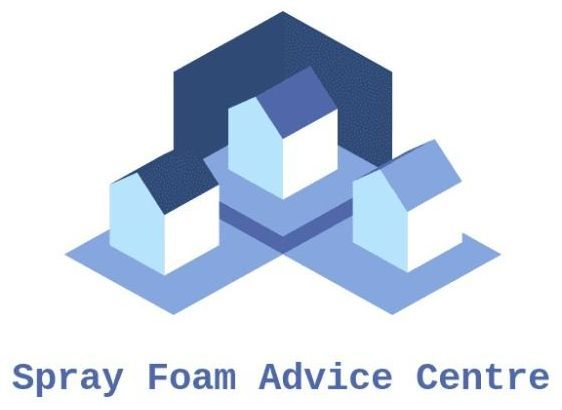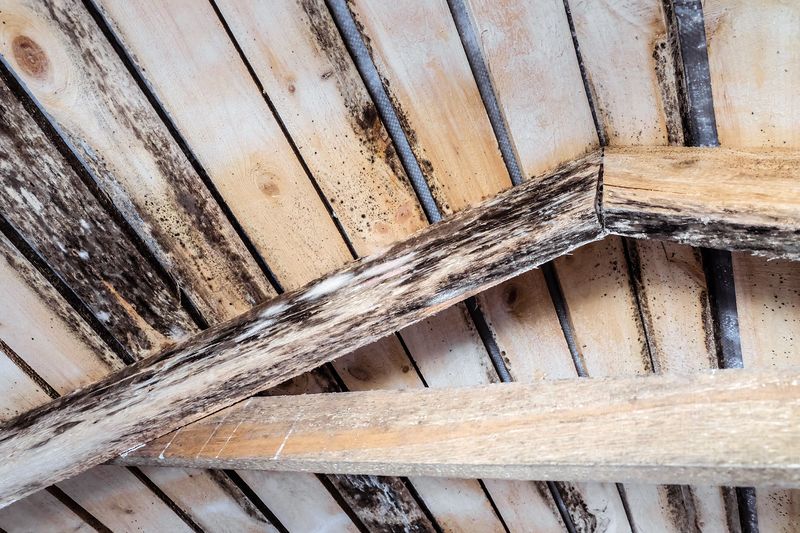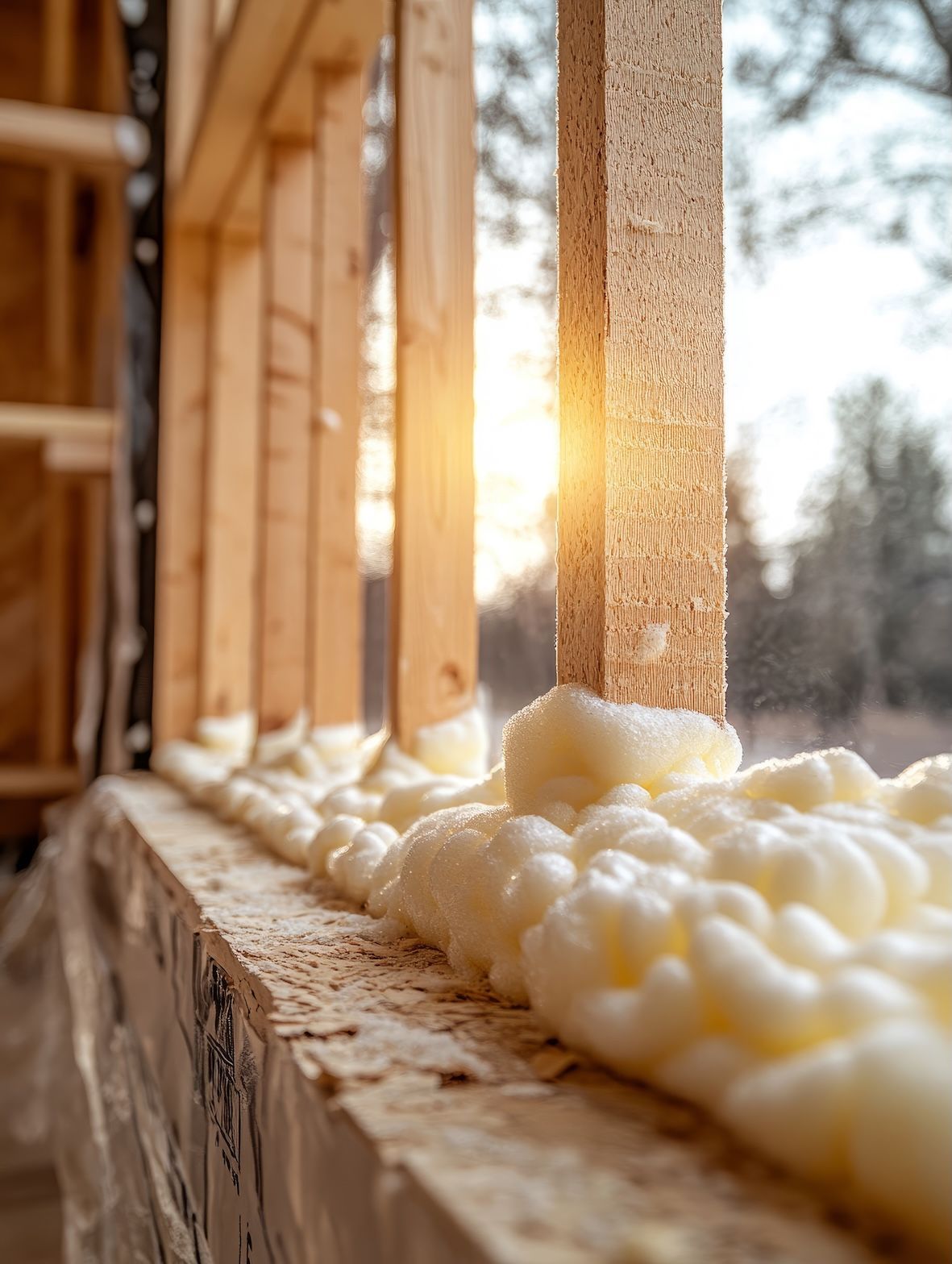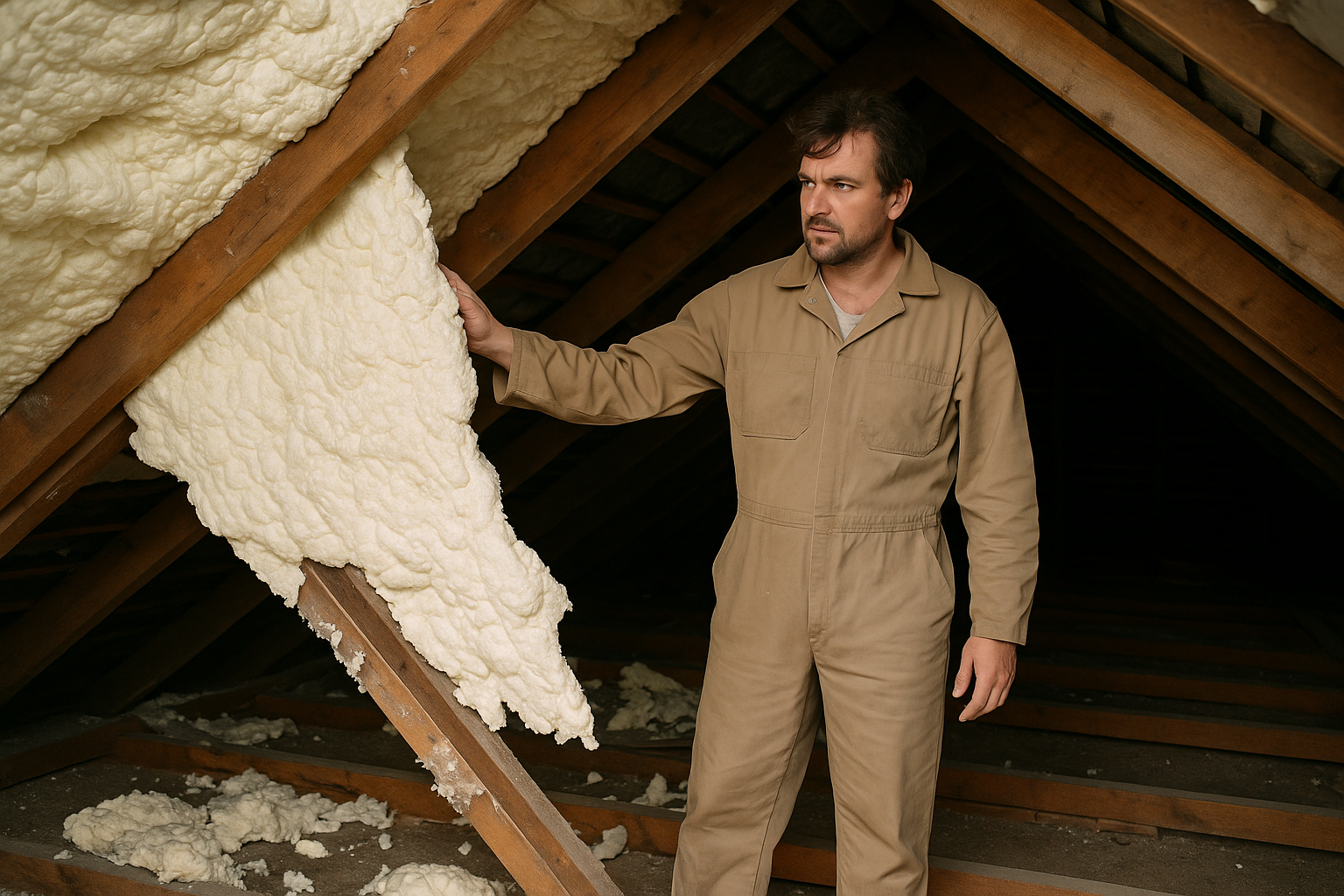How Can It Breathe If The Felts Not Breathable?
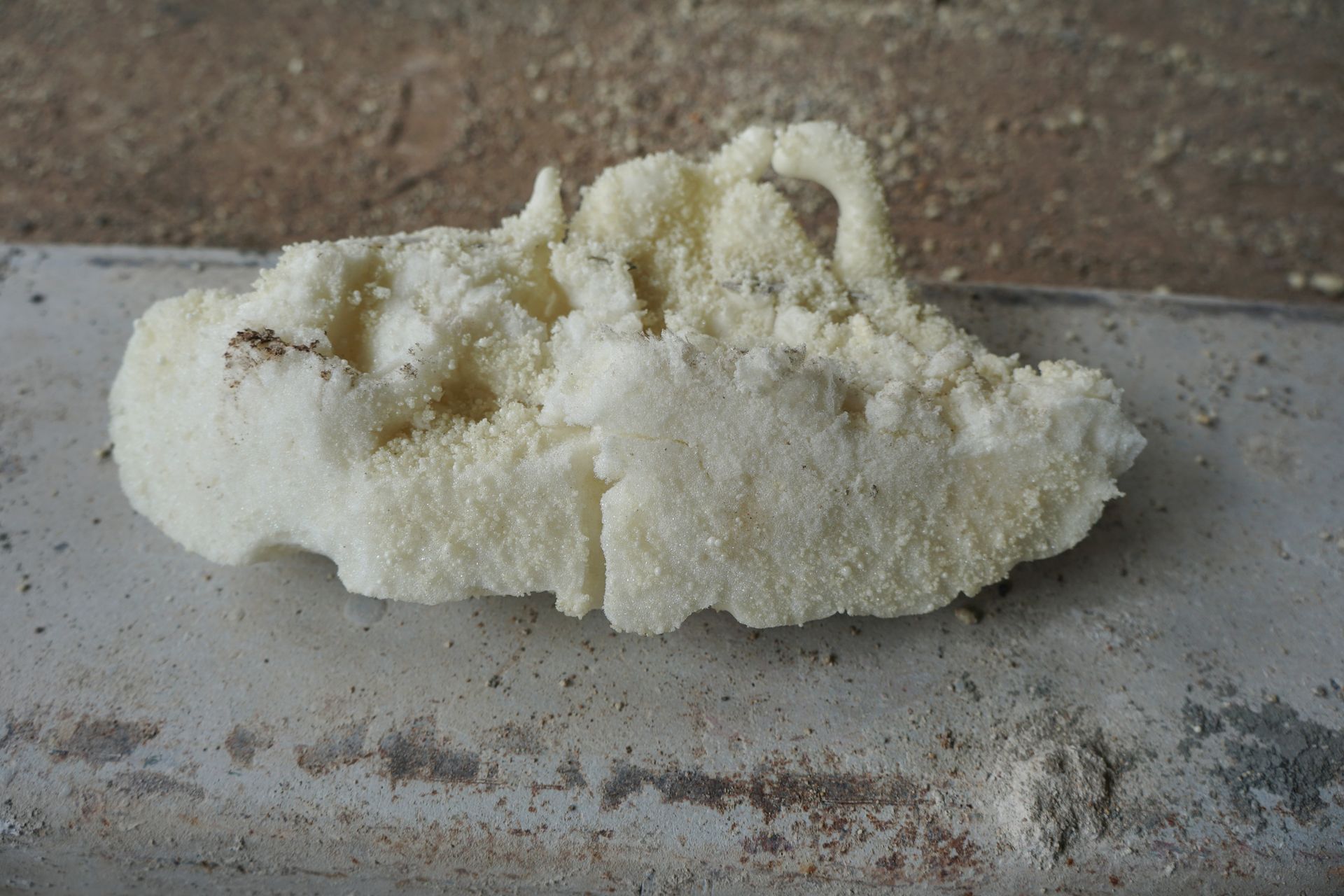
The Importance of Proper Insulation: Why Spray Foam Requires a Breathable Membrane
By Adam Gough, Insulation Expert
Insulation plays a crucial role in maintaining energy efficiency and comfort in our homes. Among the various insulation materials available, spray foam insulation has become a popular choice for its excellent thermal performance and air-sealing capabilities. However, improper installation of spray foam can lead to significant issues, particularly when it comes to its compatibility with different substrates, such as bitumen felt.
Understanding Spray Foam Insulation
Spray foam insulation comes in two primary types: open-cell and closed-cell. Open-cell spray foam is softer and more flexible, allowing it to expand and contract with the building structure. It is also vapor permeable, meaning it allows moisture to escape. Closed-cell spray foam, on the other hand, is denser and provides a strong barrier against moisture, but it also acts as a vapor barrier, which can trap moisture if not installed correctly.
The Drawbacks of Bitumen Felt
Bitumen felt is commonly used in roofing and construction as a moisture barrier. While it serves its purpose of preventing water ingress, it also lacks breathability. When spray foam is applied directly onto a bitumen felt surface, the impermeable nature of the felt can hinder proper moisture ventilation. This lack of breathability creates a perfect storm for condensation and trapped moisture, leading to severe consequences such as mold growth and structural damage.
Mold Issues in Homes
One of the most concerning issues associated with improper insulation installation is the risk of black mold. Mold thrives in damp, dark environments, and when moisture is trapped beneath a layer of spray foam on non-breathable surfaces like bitumen felt, it can lead to mold proliferation. Homeowners may not immediately notice the problem until it becomes severe, resulting in costly remediation efforts. Furthermore, mold can pose serious health risks to the occupants, including respiratory issues and allergic reactions.
The Solution: Open-Cell Spray Foam on Breathable Membranes
To effectively insulate a building while preventing moisture issues, it is essential to use open-cell spray foam insulation installed over breathable modern membranes. These membranes are specifically designed to allow moisture vapor to escape while still providing an effective barrier against water ingress from the outside.
The Advantages of Using Breathable Membranes
- Moisture Management: A breathable membrane helps manage moisture effectively by allowing any trapped vapor to escape, reducing the likelihood of condensation forming within the insulation.
- Enhanced Performance: When combined with open-cell spray foam, breathable membranes enhance the overall performance of the insulation system. This combination promotes better air circulation within the structure, leading to a more comfortable indoor environment.
- Mold Prevention: By preventing moisture buildup, the risk of mold growth is significantly reduced, creating a healthier living space for occupants.
- Energy Efficiency: Properly installed insulation with the right materials contributes to improved energy efficiency, lowering heating and cooling costs while enhancing the overall comfort of the home.
Conclusion
In summary, while spray foam insulation offers many benefits, its installation requires careful consideration of the underlying materials. Bitumen felt presents challenges due to its non-breathable nature, which can trap moisture and lead to serious issues like mold growth. To mitigate these risks, it is essential to use open-cell spray foam insulation applied over breathable modern membranes. Homeowners should consult with insulation experts to ensure proper installation, safeguarding their homes from potential moisture problems and promoting a healthier living environment.
By prioritizing proper materials and installation methods, we can achieve the full energy efficiency potential of spray foam insulation while maintaining safe and healthy indoor air quality.

